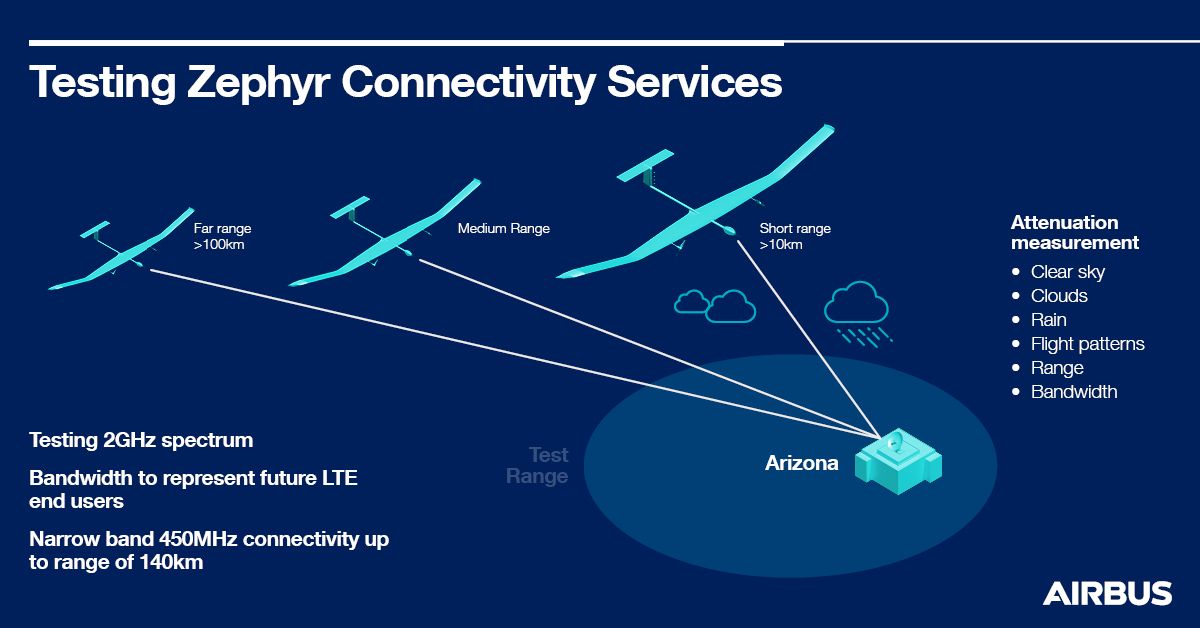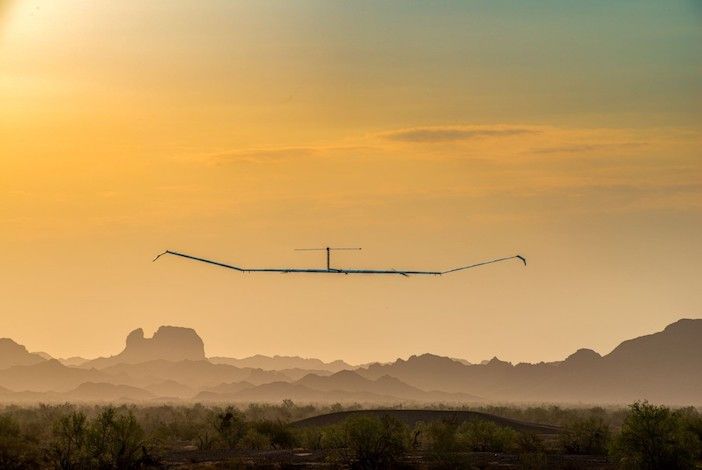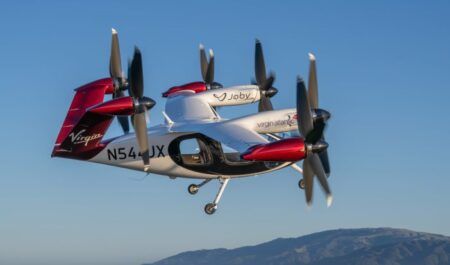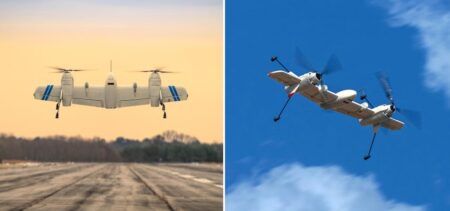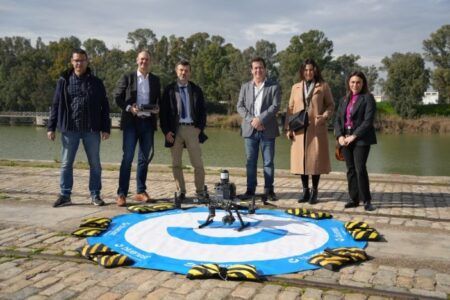Airbus’ Zephyr S high altitude drone has provided wireless broadband connectivity during an 18-day stratospheric flight test.
The test program, which was conducted in partnership with Japanese mobile network provider NTT Docomo, took place in the USA during the summer.
The solar-powered Zephyr-S, which is known as High Altitude Platform Station (HAPS), has a 25m wingspan and weighs 75kg (165lbs). The aircraft has been in development at Airbus since 2013, but the program was originally started by UK-based defence company QinetiQ in 2003.
Airbus has mooted several possible applications for the Zephyr, initially in the defence sector to provide communications and surveillance but also in the commercial sector for disaster management and providing communications in unconnected regions.
During the stratospheric test flights, the Zephyr S carried a radio transmitter that provided a datalink at an altitude of approximately 20km (12 miles) to a receiving antenna on the ground.
The trial tested the stability of the connection between the Zephyr S HAPS and the ground antenna and how it was affected by factors such as weather conditions, differences in reception distance and the flight pattern of the HAPS aircraft. As a result, under three specific scenarios: clear, rainy and cloudy conditions, and in a multitude of flight patterns, data transmissions across various speeds were successfully demonstrated, up to a distance of 140km (87 miles).
Tests included various bandwidths to simulate direct-to-device service from the HAPS to end users using low, nominal and high throughput. The demonstration confirmed the viability of the 2GHz spectrum for HAPS-based services and also the use of a narrow (450MHz) band to provide connectivity in a range of up to 140km.
The measurement and analysis of the propagation of radio waves transmitted from Zephyr demonstrated the feasibility of stratospheric communications to devices such as smartphones. Airbus and NTT Docomo will now work to provide communication services to mountainous areas, remote islands, and maritime areas where radio waves are difficult to reach.
Takehiro Nakamura, general manager of Docomo’s 6G-IOWN Promotion Department said, “DOCOMO believes that HAPS will be a promising solution for coverage expansion in 5G evolution and 6G.
“In this measurement experiment, we were able to demonstrate the effectiveness of HAPS, especially for direct communication to smartphones, through long-term propagation measurements using actual HAPS equipment. Based on these results, we would like to further study the practical application of HAPS in 5G evolution and 6G with Airbus.”
The test data will be used to inform future LTE direct-to-device services that are expected to be provided via the Airbus Zephyr HAPS solution.
“Billions of people across the world suffer from poor or no connectivity. These tests show us the viability of the stratosphere to bridge this divide and provide direct to device connectivity via Zephyr without the need for base stations or extra infrastructure,”
